20. Return of the Living Dead (1985)
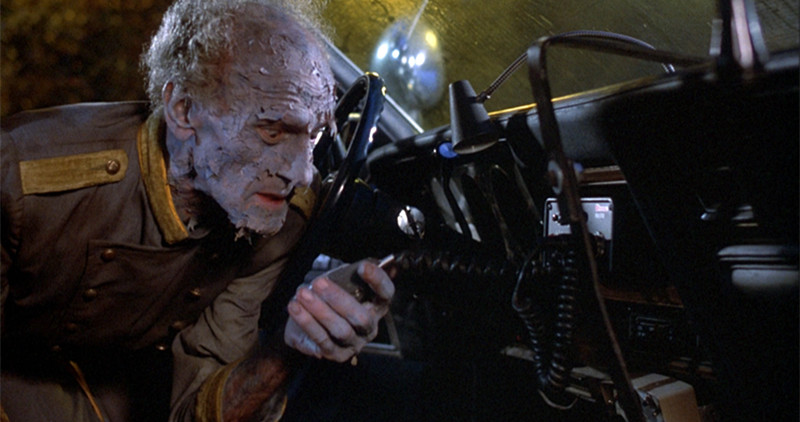
Crass humor, gross-out horror and likeable antiheroes jarringly abide to maximize an edgy impact with satisfying results in Dan O’Bannon’s excellent zombie movie pisstake, Return of the Living Dead.
O’Bannon’s film landed, one must remember, at a time when zombie films weren’t on prime time television or as a near ubiquitous box-office presence, so, while not a fresh subgenre by any means, Return of the Living Dead must still be considered one of the most influential films of its ilk, for it was the first to feature the undead as brain eaters, what’s now become a genre maxim.
Brain eating aside, a phrase I never thought I’d write, O’Bannon’s film also benefits from a game cast including James Karen and Clu Gulager. The punk rock aesthetic is also pretty delectable, and the soundtrack, which includes SSQ, The Cramps, Roky Erickson, and The Damned, further underscores the subversive and sardonic slant that O’Bannon emulates.
Quotable, kitsch, and aberrant, Return of the Living Dead is one of the best films of its morbid milieu. It would spawn four inferior sequels, but don’t let their lacking quality deter you from watching this midnight movie staple. “More brains!”
19. The Beyond (1981)
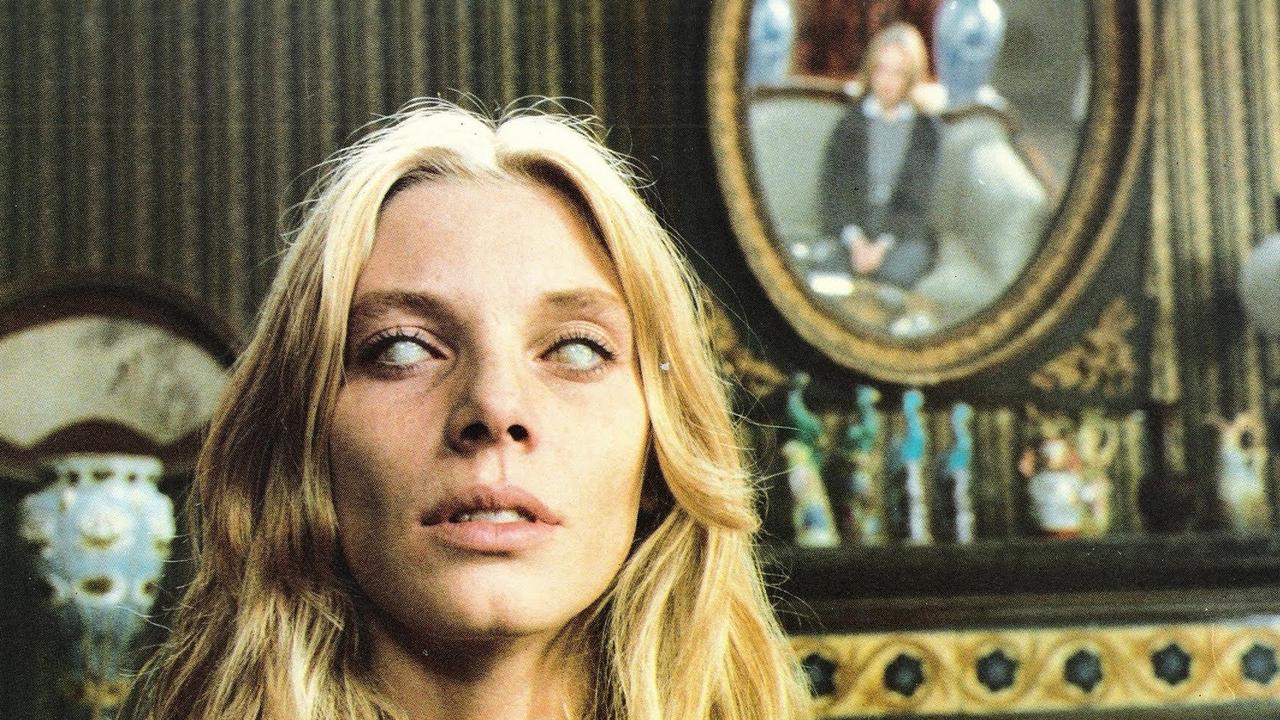
The Beyond is director/co-writer Lucio Fulci at his most surreal and gore-filled extreme, and while ostensibly a sequel, of sorts, to 1980’s City of the Living Dead––also a gruesome Italian horror masterpiece––and the centerpiece in his Gates of Hell trilogy (1981’s The House By the Cemetery completes the triptych), The Beyond is the quintessential midnight movie that doubles as Fulci’s pièce de résistance.
Set in Louisiana at the Seven Doors Hotel, new owner Liza Merril (Catriona MacColl), who inherited the estate, plans to reopen the auberge, unaware of it’s terrible past. A past that involves metaphysical demon conjuring, portal-to-Hell opening, and bloody sacrifices, that sorta thing. No biggie, right?
The ensuing dramatics and horror wastes little time in reaching a fever pitch, with ghouls, hauntings, dismemberments and some of the most chimerical and imaginative nightmare sequences since Hausu and with Fulci paying homage to the altar of his French playwright and surrealist hero, Antonin Artaud.
The Beyond is not for the faint of heart and is sure to offend and reluct even the most broad-minded viewer, and therein rests the grotesque grace at the heart of this dark dream.
18. The Hidden (1987)
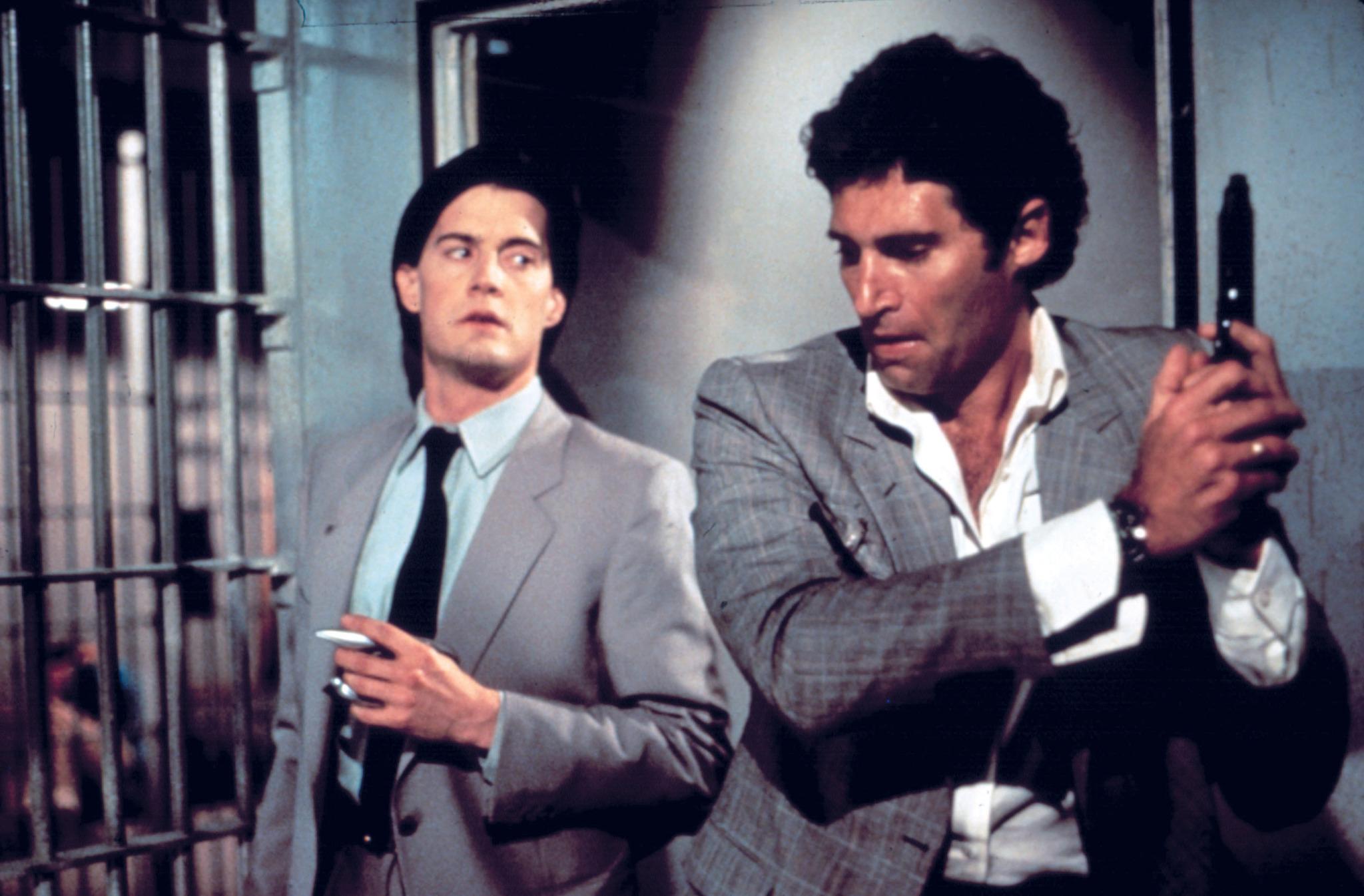
A precursor to his Special Agent Dale Cooper persona, Kyle MacLachlan stars as FBI agent Lloyd Gallagher in hot pursuit of an exotic car loving, nihilistic, and parasitic alien creature that moves from host to host leaving bullet-riddled bodies and swathes of destruction in its wake.
Director Jack Sholder (A Nightmare on Elm Street 2: Freddy’s Revenge) is fleet-footed in this screaming, satisfying, and inflamed genre film, the perfect distillation of action, sci-fi and horror.
Buttressed by a punk rock appreciation––the Los Angeles locations add to this effect––a driving, thumping rock score, and frequent exotic sports car chase scenes, and high fashion gun battles certainly influenced by Michael Mann’s then ubiquitous Miami Vice.
The Hidden is an adrenalized actioner that seemed to materialize out of the ether, one that even Roger Ebert, regularly harsh on genre films, had to enthusiastically award a thumbs up, saying, “I don’t know what I was expecting, but certainly not this original and efficient thriller.”
17. Phenomena (1985)
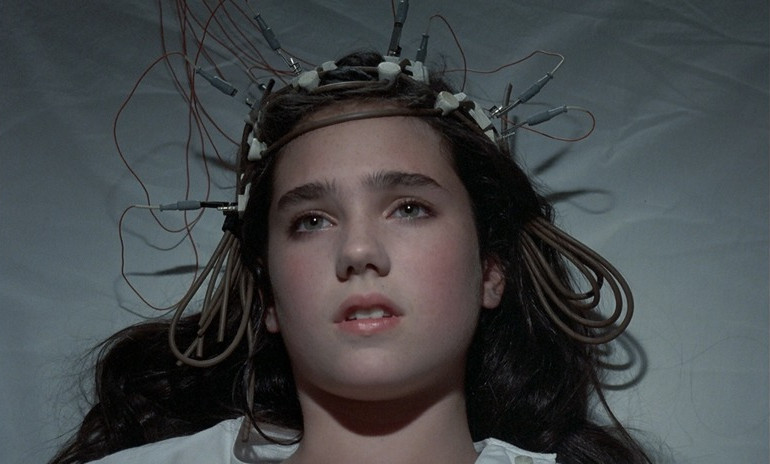
The curator of contemporary European horror, Dario Argento treads a familiar trail with Phenomena, a violent tale tinged with supernatural elements, and overfull with the director’s signature complex and convoluted plotting, gorgeously gauche visual styles, questionable taste, and anarchistic gender twists.
A young American student at a Swiss all girl’s school, Jennifer Corvino, played by Jennifer Connelly in her big screen debut, has the uncanny knack of telepathic communication and influence with insects.
The bug bit aside, much of Phenomena runs like a remake of Argento’s earlier Suspiria, right down to his vivid use of lighting, disorienting and brash photography and an elaborate musical score. But where Suspiria exclusively had the krautrock regency of Goblin, Phenomena adds 1980s heavy metal from the likes of Iron Maiden, Motörhead, and Andi Sex Gang, and the results are pretty fucking sweet, pardon my Swiss.
Throw in a heap of grody-to-the-max bugs and a straight razor-wielding monkey (!!) and you’ve got one of the era’s nastiest gore-fests with style and atmosphere to spare.
16. Aliens (1986)
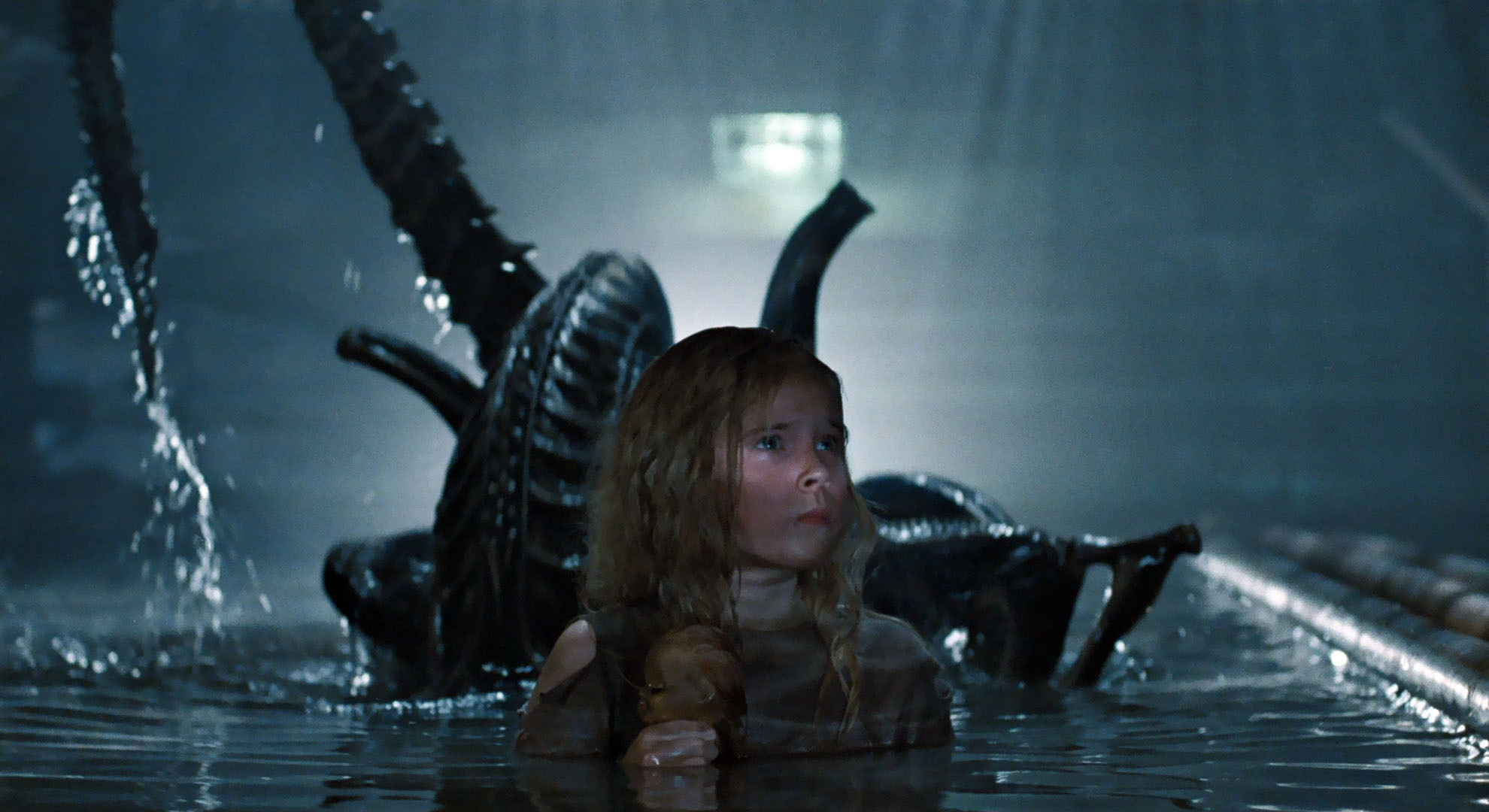
James Cameron’s sci-fi horror actioner takes place 57 years after Ridley Scott’s 1979 blockbuster Alien, with that film’s heroine, Eileen Ripley (Sigourney Weaver, in her stellar, strong, and suitably iconic career-defining role) rescued after being in stasis after her encounter with the eponymous deep space demon, in all it’s chest-popping, teeth-gnashing nastiness, courtesy of phallic-obsessed visionary artist, H.R. Giger.
Cameron, having just come off the success of The Terminator (1984), had the vision, craft, and even, to an extent, the audacity, to follow-up Scott’s ambitious inceptive Alien film with his own enthusiastic vision which, as it’s title suggests, ups the ante considerably with aggrandized hordes of acid-blooded baddies as well as new emotional depths for Weaver’s beset upon heroine.
Weaver herself said that the action-epic sequel, in Cameron’s competent hands, “made the first Alien look like a cucumber sandwich.”
15. Re-Animator (1985)
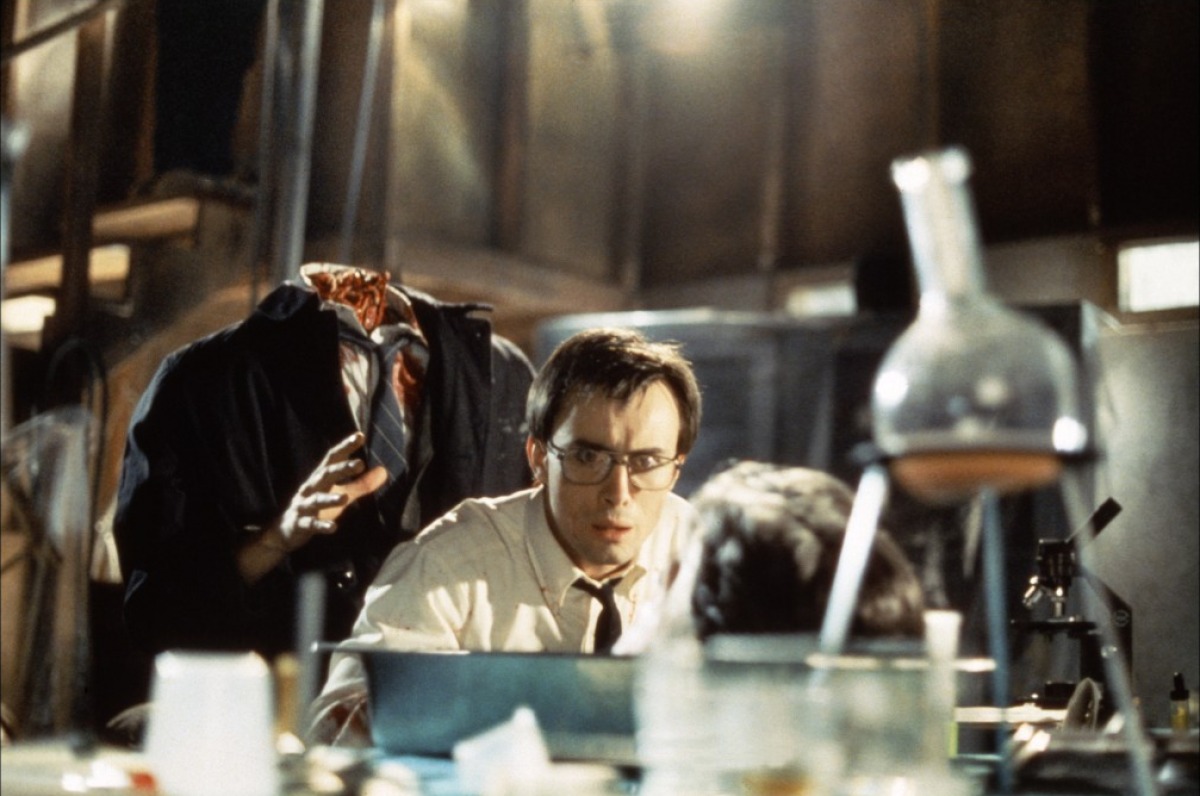
Combining explicit themes of social criticism and sexual perversion, Stuart Gordon’s fast-paced, funny, and suitably OTT adaptation of H.P. Lovecraft’s “Herbert West: Re-Animator” is a quintessential 1980s B-movie with lasting trash appeal and much to admire.
More than just a blood-specked stab at splatter with Gothic sensibilities, Gordon and his producer partner Brian Yuzna (who would later continue exploring themes if psycho-fiction in 1989’s cult favorite, Society) outrageously update the mad scientist trope into a decidedly iconic antihero via Jeffrey Combs inspired turn as Herbert West.
As Herbert discovers a serum that reanimates the recently deceased the stage is set for escalating disaster, especially when arch rival Doctor Hill (David Gale) gets in on the ghoulishness. Re-Animator rightly nails a tone that’s equal parts disturbing and comical and bears the mark of a true genre original.
With the earnestness of Ed Wood and a vision closer to James Whale, this is Gordon’s finest film, and the first in a series of Re-Animator films that all retain a trashy yet irresistible allure. If you can stomach Gordon’s films within them beats a distinct and disgusting heart, and I mean that affectionately.
14. Videodrome (1983)
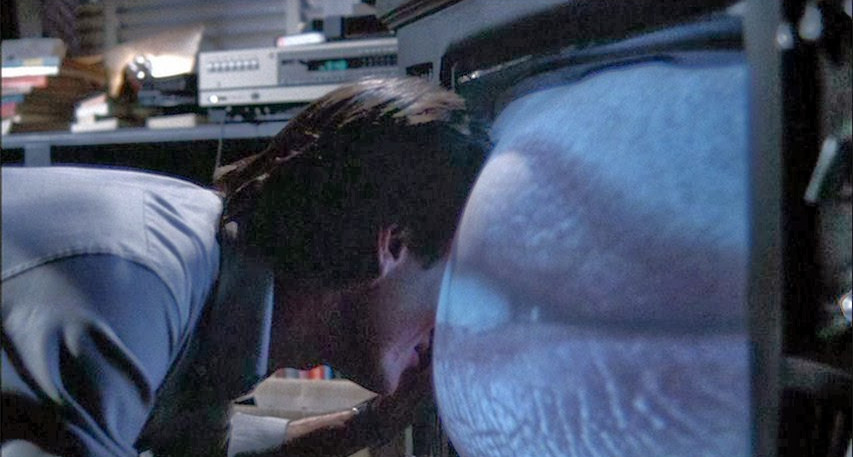
This sci-fi-horror hybrid from David Cronenberg presents a dystopian environment that’s accurate to our own in so many ways, making it a prophetic slice of speculative fiction that proved to be eerily precise in a number of disturbing ways.
Anticipating torture porn, reality television, media piracy, as well as pay-per-view violence and perversion on a global scale, Videodrome also utilizes Cronenberg’s signature body horror motifs as he lacerates the retinas of the audience via Max Renn (James Woods), the owner of a controversial and scruples-free TV station who’s forever searching for risqué programming to broadcast.
Soon Max is exposed to the torture/snuff show known as “Videodrome” and he must have it for his network, no matter what. Along the way Max meets radio personality/sadomasochistic psychiatrist and potential femme fatale Nicki Brand (Deborah Harry) and events intensify as a dream logic and delusive slant kicks in.
Perhaps the quintessential cinematic representation of body horror, Videodrome is the film that Andy Warhol described as “A Clockwork Orange of the ‘80s”, and he may well be right. Cronenberg’s uncompromising vision is impossible to forget and this may well be the one film he’s most remembered for.
13. A Nightmare on Elm Street (1984)
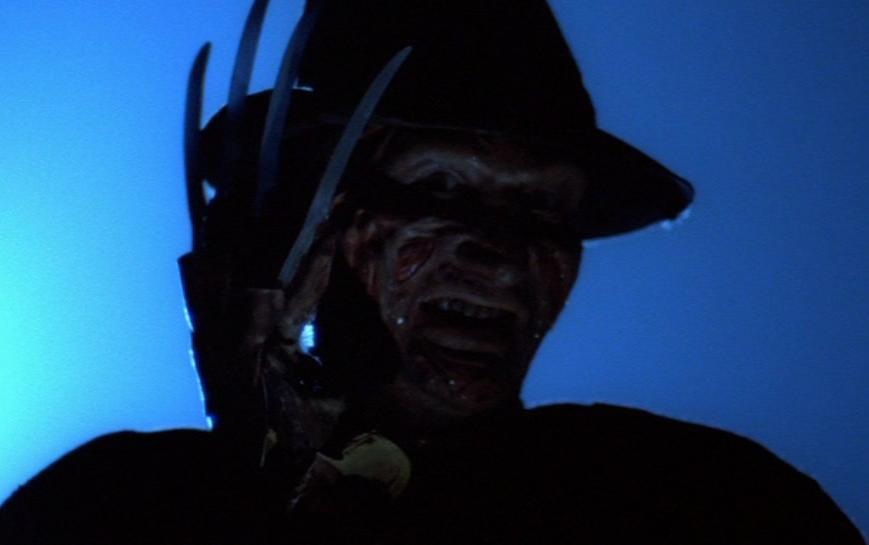
An inspired intermixture of surrealist standards in a slasher film setting, Wes Craven’s highly imaginative, effects heavy exploitation horror movie introduced razor-fingered Freddy Krueger (Robert Englund) to the mass cult.
Set in a small idyllic Midwestern town somewhere in Ohio, A Nightmare on Elm Street centers around several promiscuous teenagers whose dreams find them stalked and slain by the horribly disfigured Freddy. Once killed in their dreams they die in reality and those around them start to track this strange phenomenon which, as their parents reveal, involves a dark secret from the past, returned to, you know, haunt.
The classic clichés of the genre are present, but approached with a social subtext and cognizance absent from many films of it’s ilk, and the cast is uniformly impressive, and includes Heather Lagenkamp, John Saxon, Amanda Wyss, and most notably, a then unknown Johnny Depp.
For all it’s jump scares, false awakenings, and creative kills, A Nightmare on Elm Street is an audaciously original top-drawer horror, and a wake-up call for moth-eaten monster movie intellection, that has, over the years, become a classic.
12. Evil Dead 2 (1987)
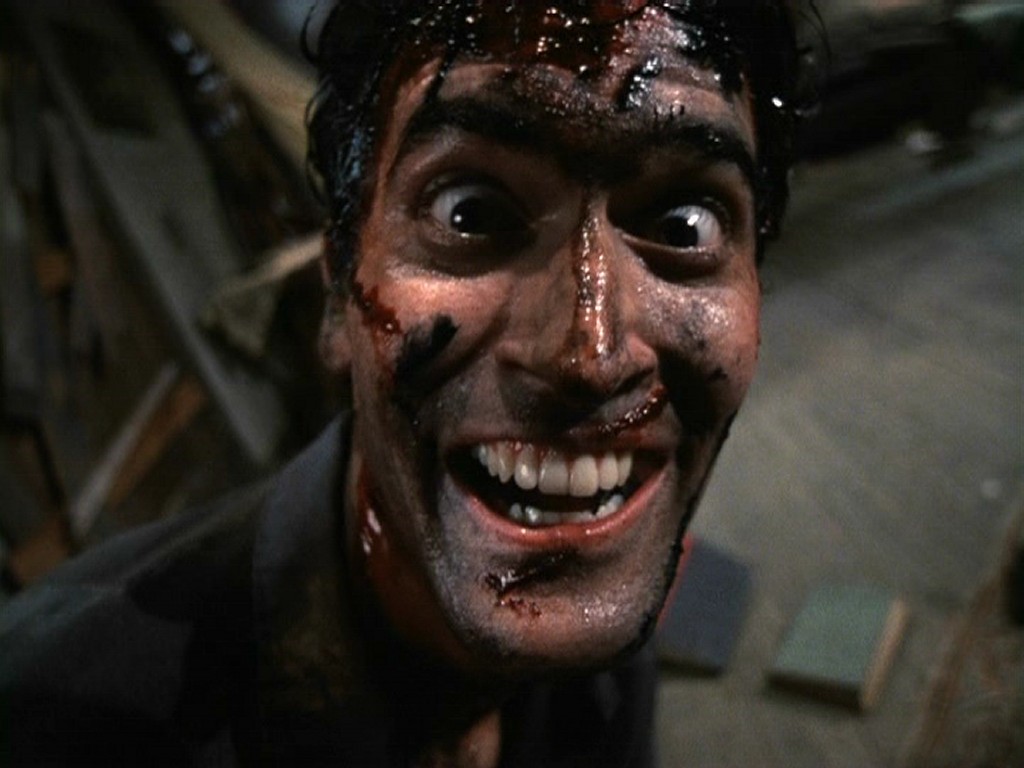
The ultimate cabin-in-the-woods film, ostensibly a remake of Sam Raimi’s The Evil Dead from 1981, this sequel made a massive mark on pop culture. Not only did it make an icon out of Bruce Campbell, whose character, Ash, is a legend in horror movie lore, it’s meshing of impressive and nauseating gore effects, and frequently stunning camerawork belie the film’s wee budget.
Raimi’s taste, or lack thereof, is often questionable but his love of splatter is not. Buckets of plasma is sprayed in abundance from gashing wounds, vomitus bile, popping eyeballs, chainsaw dismemberment, and stop-motion miniatures. There’s a slapstick and upbeat glee to the macabre spectacle, making for requisite late night viewing, preferably in a party setting.
11. Near Dark (1987)
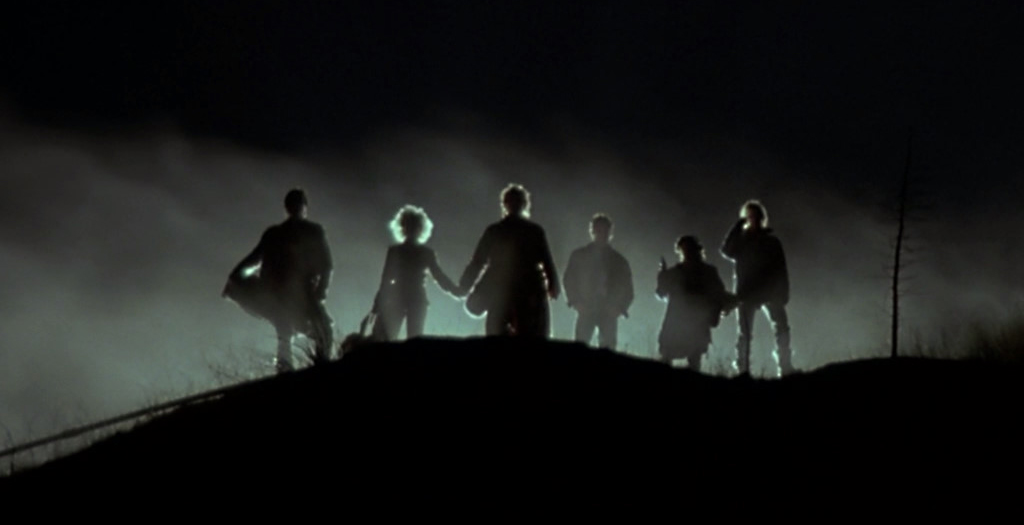
Director and co-screenwriter Kathryn Bigelow bravely reimagines the vampire mythos with a trailer-park Americana sensibility in her astonishing sophomore film, Near Dark. A genre mashup of two formulaic film types, the Western and the vampire movie, Near Dark also offers a romantic and contradictory fable for the midnight movie crowd.
Lance Henriksen is the patriarchal figure to a rogue band of vampires that also includes a spurs-adorned Bill Paxton and Joshua John Miller’s man-trapped-in-a-child’s-body blood sucker. Toss in a first rate soundtrack by Tangerine Dream and the resulting film is a heady mix of extravagance, poetics, violence, and unrequited love. For all it’s flaws and imperfections, Near Dark still maintains a near perfect serrated edge of dark artistry.